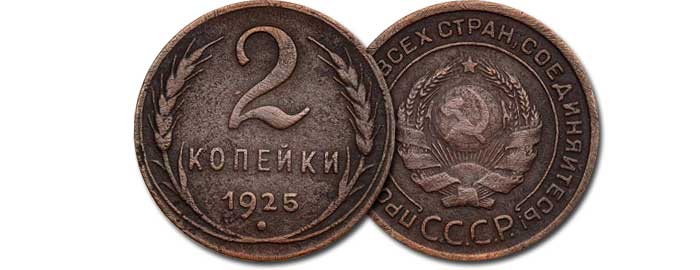The Great Migration of Nations (4th-6th centuries AD)
 The prevailing idea that the hordes of barbarian peoples invaded the borders of the Roman Empire and thus caused its fall is outdated and no longer corresponds to the findings of modern historical science. First, a large number of Germans were in the (military) service of the Roman Empire even before the so-called. the migration of peoples, and, secondly, it is not a question of homogeneous ethnic tribes, but rather of mixed alliances concluded for specific purposes. These alliances and opposed the troops of the late ancient states.
The prevailing idea that the hordes of barbarian peoples invaded the borders of the Roman Empire and thus caused its fall is outdated and no longer corresponds to the findings of modern historical science. First, a large number of Germans were in the (military) service of the Roman Empire even before the so-called. the migration of peoples, and, secondly, it is not a question of homogeneous ethnic tribes, but rather of mixed alliances concluded for specific purposes. These alliances and opposed the troops of the late ancient states.
In this regard, the concept of the Great Migration of Peoples, which has become part of the speech cycle since the 18th century, is increasingly being criticized by modern historians. From the point of view of numismatics, the era of the migration of peoples means all the chased coins of Germanic tribes (gentes), starting with the first “pseudo-imperial” copies of Roman coins and ending with their own “nationalized” coins of the German kingdoms (regna).
The first stage of the development of monetary business in the era of the migration of peoples was the so-called “pseudo-imperial” coins, “barbaric imitations”, which are more or less successful imitations of imperial gold and silver coins. By their style, you can determine in which tribe they were minted. Coins of copper (follis) and silver (silicium) were “nationalized” already from the end of the 5th century, which means that they were minted by decree of the German rulers. Coins of gold (solid and triense) were still Eastern Roman, Byzantine specimens. Only sometimes the image was supplemented with a small monogram of a local sovereign (for example, “GVB” – the monogram of the King of Burgundy Gundobald, 473-516). The King of the Franks Theodebert of Metz (534–548) was the first king to strike his own name on a coin and thus violate the Byzantine emperor’s monopoly on minting gold coins.
For collectors of coins of the Great Migration, such collectible areas as vandals (North Africa), Ostrogoths (Italy), Visigoths (France and Spain), Svets (Spain) and Lombards (Italy) are opened. However, it should be noted that to determine the origin and identify the coin is not always easy, it requires a good knowledge of special literature.
Relive the times of the invasion of the barbarians and the beginning of the European Middle Ages, represented in the images and inscriptions on the coins! Discover the Great Migration and delve into the fascinating literature on the coinage of this time.




